Hi Friends…
When we were in school, we briefly talked about ospreys for the letter O page in our Cape Cod Alphabet Books. Let’s review what we learned and see what else we can learn about these cool birds that live on Cape Cod.
For today’s project we are going to explore the pattern of the osprey tail feather.
What is our theme? Osprey (patterns on tail feather)
What is the lesson (overall purpose)? Let’s learn about osprey’s. I hope that your child will be able to identify an osprey/osprey nest if they see one near the water.
MA Guidelines/Standards:
Recognize, describe, reproduce, extend, create, and compare repeating patterns of concrete materials. Link to K.P.3
Use positional language and ordinal numbers (first, second, third) in everyday activities. Link to K.N.3
Learning Outcomes: What and where can you find osprey’s?
Osprey Facts:
The osprey is a large hawk. White undersides and a crook in its narrow wings identify this bird as it soars above the water. Adults are dark brown above with brownish-black marks on the wings and brown speckling on the breast. The head is white with a dark brown crown and brown streak down the cheek. The female is typically larger than the male.
At 18 months, osprey achieve their full adult plumage. Juvenile osprey resemble the adults, but have buff-tipped feathers on the back of their upper body, giving them a speckled appearance, and the streaking on the breast tends to be heavier. As juvenile osprey mature, their eye color changes from brown to yellow.
Ospreys build large nests from sticks. The nests sit atop telephone poles, docks or trees.
Ospreys lay between one and five eggs at one time. The eggs don’t hatch all at once though. The first egg hatches a few days before the last.
Ospreys mate for life. Their first nest is small, but they add to it every year. After a few years, the nest can be big enough for a human to sit in.
Osprey migrate during the winter months on Cape Cod.
Osprey’s were almost extinct, as they were being poisoned by chemicals (1940-1970’s). Their population is increasing. Ospreys are now protected under the Migratory Bird Treaty Act (MBTA). It is illegal to hunt or kill them.
Osprey’s can live up to 20 years in nature.
Osprey’s can also be called “river hawks” or sea hawks”.
Osprey’s can be found on every continent except Antarctica.
Songs, Books & Videos (Motivational Techniques)
Osprey’s return to Cape Cod: https://youtu.be/H0rsJ8kRQfQ
Osprey Chicks: https://youtu.be/yGPxT98vGjI
Book: Pattern Fish: https://youtu.be/7_mqVCewsYA
Materials:
*Paper (brown paper bag or light colored piece of paper ..not white).
*scissors
*crayons (black/white)
*picture of osprey tail feather (see picture above)
Activity (Procedure):
*Creating your own Osprey tail feather.
2. On a piece of paper you are going to create your own osprey tail feather. Long oval shape. Then you will make horizontal stripes, alternating colors (black/white or 2 other colors).
3. When finished you can cut it out using a pair of scissors.
Activity Wrap Up:
Can you think of any other animals that have patterns? (ie. zebra). Why do you think animals have patterns/designs on them?
How do I know what my child is learning? (Assessment)
Ask your child what they recall about osprey’s. (what does an osprey look like? Where do they live? What does it mean to migrate? Where do they build their nests?
How can you extend this activity? (Modifications)
Take a walk outside: look for patterns in nature (leaves, rings on the inside of a tree trunk, seashells, etc.). Can you create a pattern using natural materials? (IE. leaf, twig, leaf, twig, etc.)
Helpful Hints: (Pitfalls & Solutions)
If you can’t get outside...look for objects that have patterns in the house (IE. comb, tile on floor/back-splash, clothing, zippers, etc.). Can you create a pattern using your toys, crayons, etc?
More information about osprey: U.S. Fish & Wildlife Service
When we were in school, we briefly talked about ospreys for the letter O page in our Cape Cod Alphabet Books. Let’s review what we learned and see what else we can learn about these cool birds that live on Cape Cod.
For today’s project we are going to explore the pattern of the osprey tail feather.
What is our theme? Osprey (patterns on tail feather)
What is the lesson (overall purpose)? Let’s learn about osprey’s. I hope that your child will be able to identify an osprey/osprey nest if they see one near the water.
MA Guidelines/Standards:
Recognize, describe, reproduce, extend, create, and compare repeating patterns of concrete materials. Link to K.P.3
Use positional language and ordinal numbers (first, second, third) in everyday activities. Link to K.N.3
Learning Outcomes: What and where can you find osprey’s?
Osprey Facts:
The osprey is a large hawk. White undersides and a crook in its narrow wings identify this bird as it soars above the water. Adults are dark brown above with brownish-black marks on the wings and brown speckling on the breast. The head is white with a dark brown crown and brown streak down the cheek. The female is typically larger than the male.
At 18 months, osprey achieve their full adult plumage. Juvenile osprey resemble the adults, but have buff-tipped feathers on the back of their upper body, giving them a speckled appearance, and the streaking on the breast tends to be heavier. As juvenile osprey mature, their eye color changes from brown to yellow.
Ospreys build large nests from sticks. The nests sit atop telephone poles, docks or trees.
Ospreys lay between one and five eggs at one time. The eggs don’t hatch all at once though. The first egg hatches a few days before the last.
Ospreys mate for life. Their first nest is small, but they add to it every year. After a few years, the nest can be big enough for a human to sit in.
Osprey migrate during the winter months on Cape Cod.
Osprey’s were almost extinct, as they were being poisoned by chemicals (1940-1970’s). Their population is increasing. Ospreys are now protected under the Migratory Bird Treaty Act (MBTA). It is illegal to hunt or kill them.
Osprey’s can live up to 20 years in nature.
Osprey’s can also be called “river hawks” or sea hawks”.
Osprey’s can be found on every continent except Antarctica.
Songs, Books & Videos (Motivational Techniques)
Osprey’s return to Cape Cod: https://youtu.be/H0rsJ8kRQfQ
Osprey Chicks: https://youtu.be/yGPxT98vGjI
Book: Pattern Fish: https://youtu.be/7_mqVCewsYA
Materials:
*Paper (brown paper bag or light colored piece of paper ..not white).
*scissors
*crayons (black/white)
*picture of osprey tail feather (see picture above)
Activity (Procedure):
*Creating your own Osprey tail feather.
- Look at the photograph of the osprey tail feather.
-What do you notice about them? (they have a pattern). What does the pattern look like? (stripes: black/white).
2. On a piece of paper you are going to create your own osprey tail feather. Long oval shape. Then you will make horizontal stripes, alternating colors (black/white or 2 other colors).
3. When finished you can cut it out using a pair of scissors.
Activity Wrap Up:
Can you think of any other animals that have patterns? (ie. zebra). Why do you think animals have patterns/designs on them?
How do I know what my child is learning? (Assessment)
Ask your child what they recall about osprey’s. (what does an osprey look like? Where do they live? What does it mean to migrate? Where do they build their nests?
How can you extend this activity? (Modifications)
Take a walk outside: look for patterns in nature (leaves, rings on the inside of a tree trunk, seashells, etc.). Can you create a pattern using natural materials? (IE. leaf, twig, leaf, twig, etc.)
Helpful Hints: (Pitfalls & Solutions)
If you can’t get outside...look for objects that have patterns in the house (IE. comb, tile on floor/back-splash, clothing, zippers, etc.). Can you create a pattern using your toys, crayons, etc?
More information about osprey: U.S. Fish & Wildlife Service
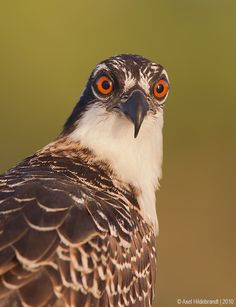
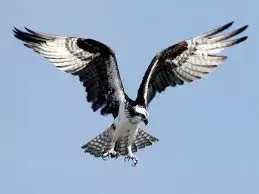
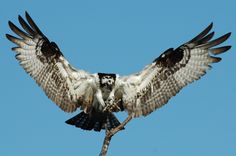
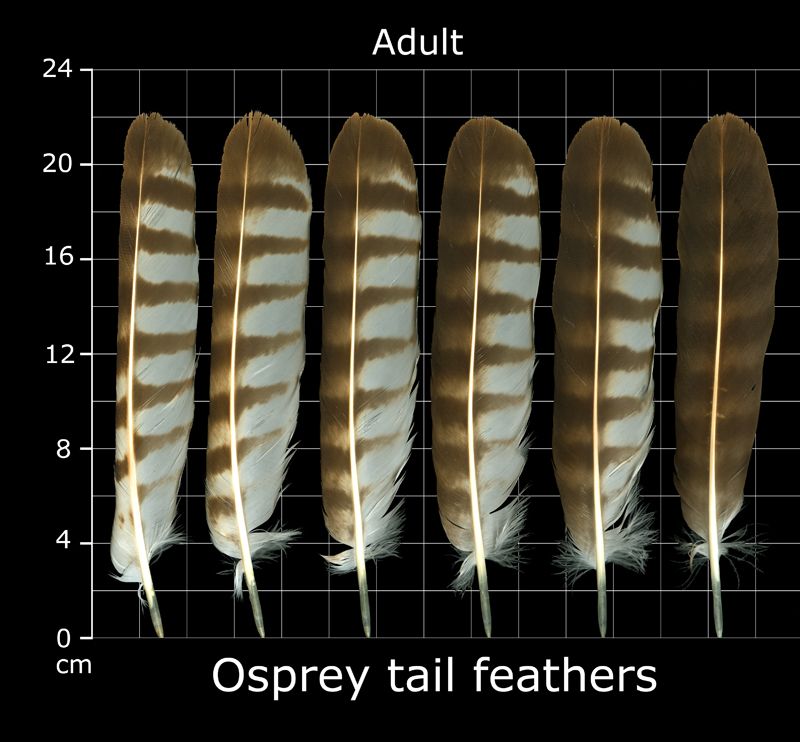
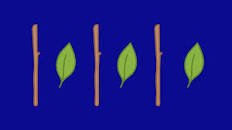
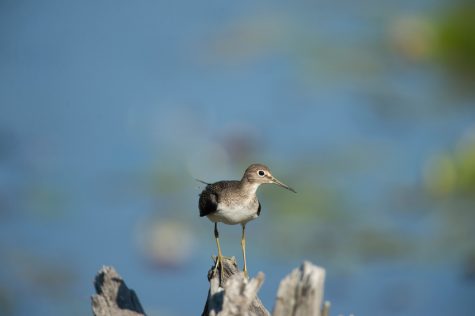
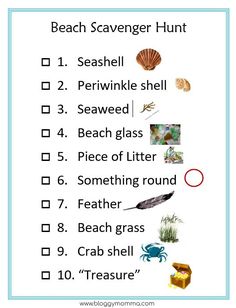
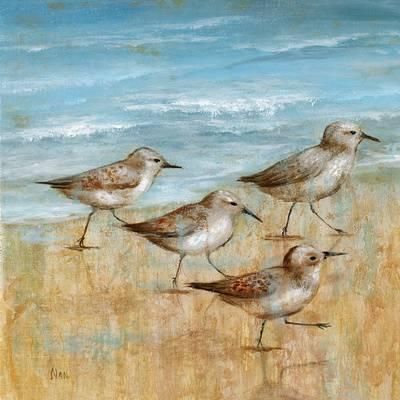
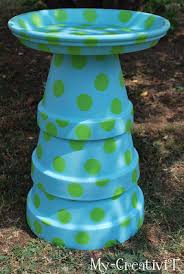
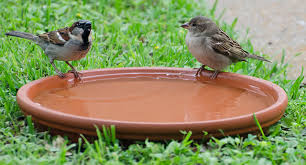
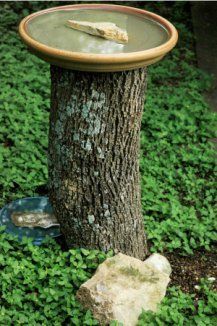
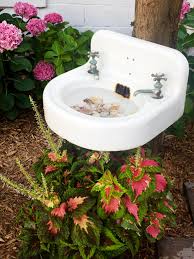
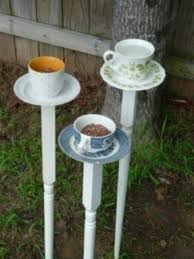
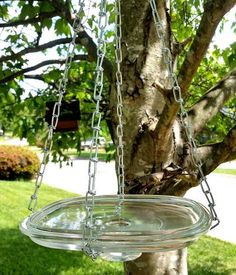
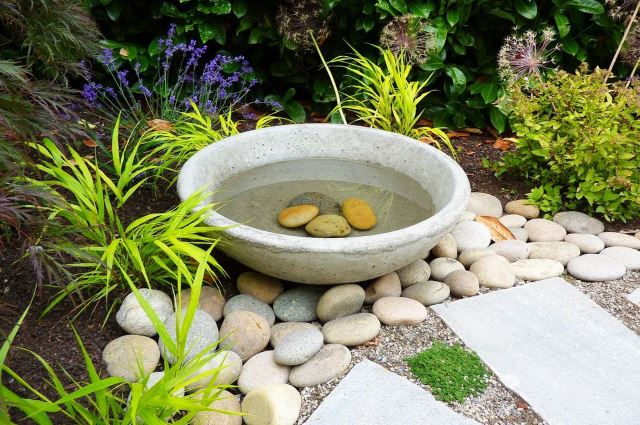
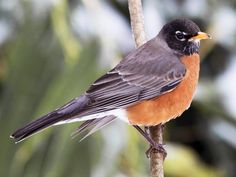


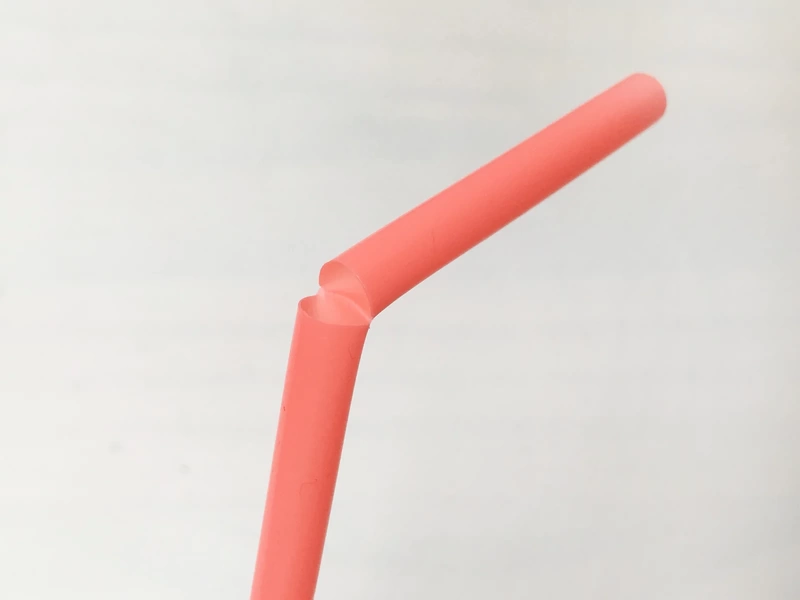
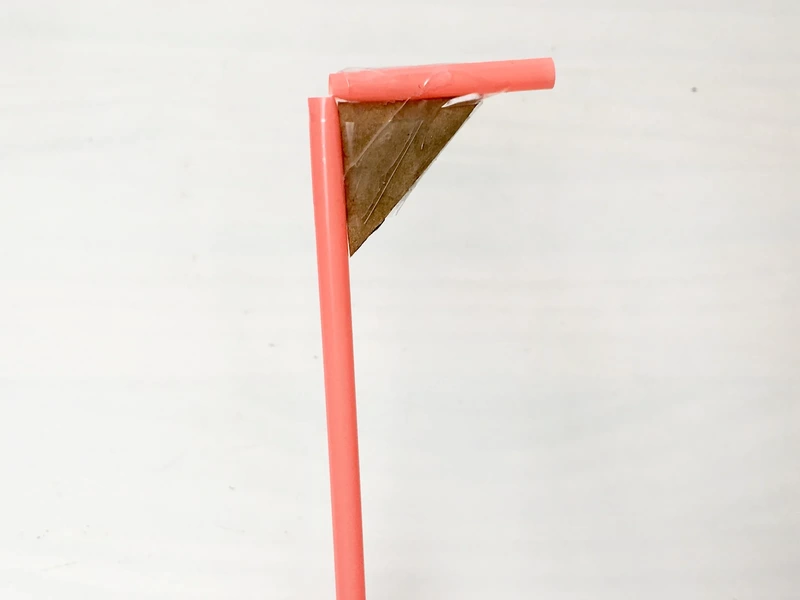
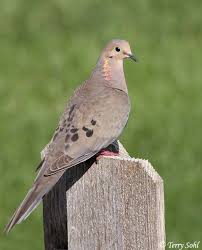
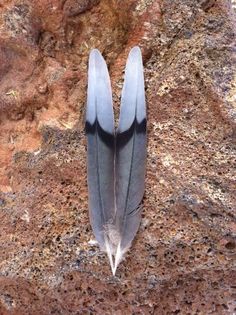
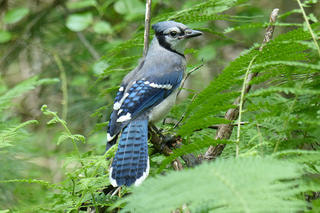
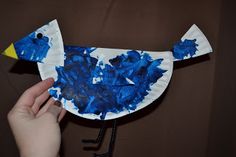


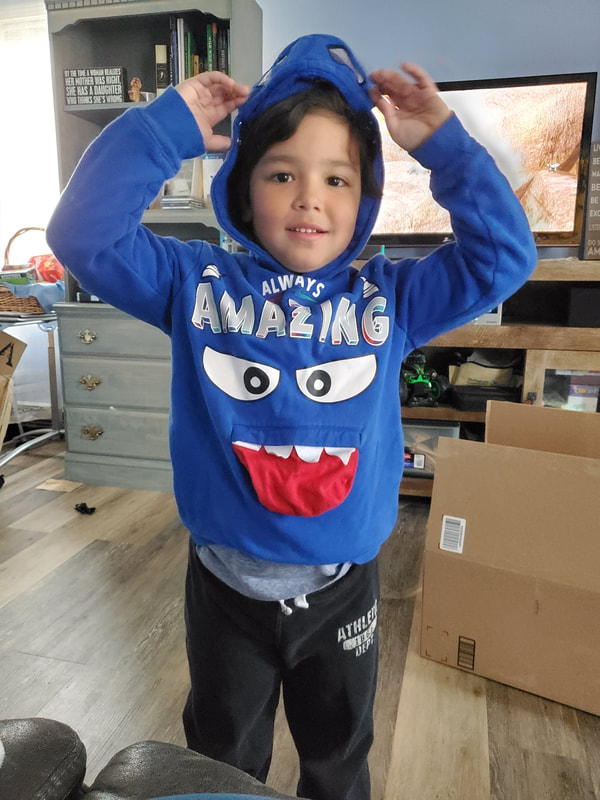

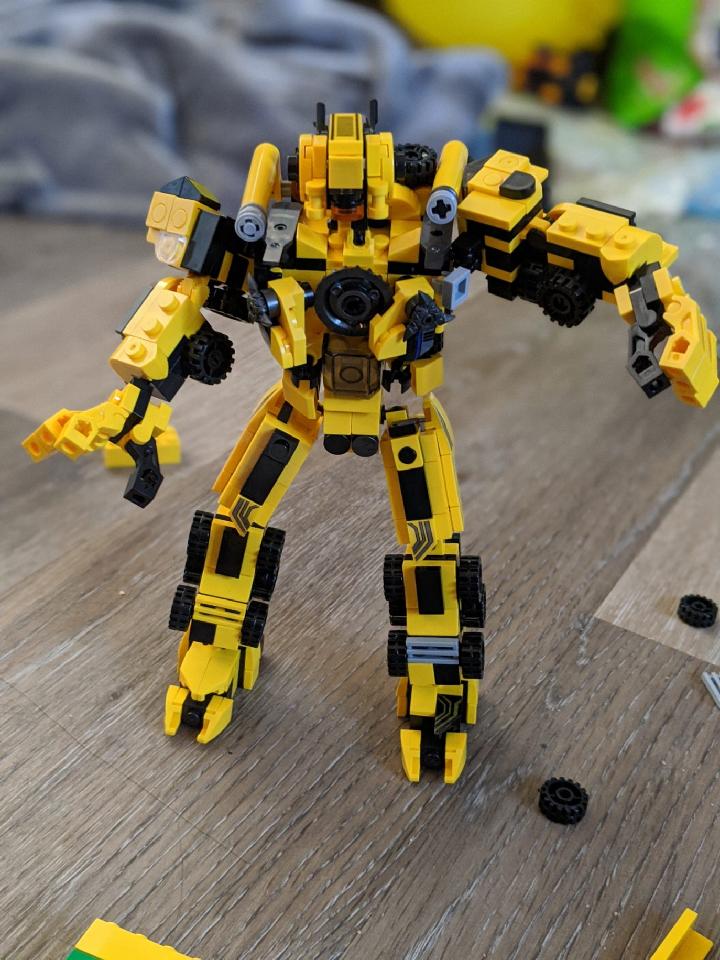
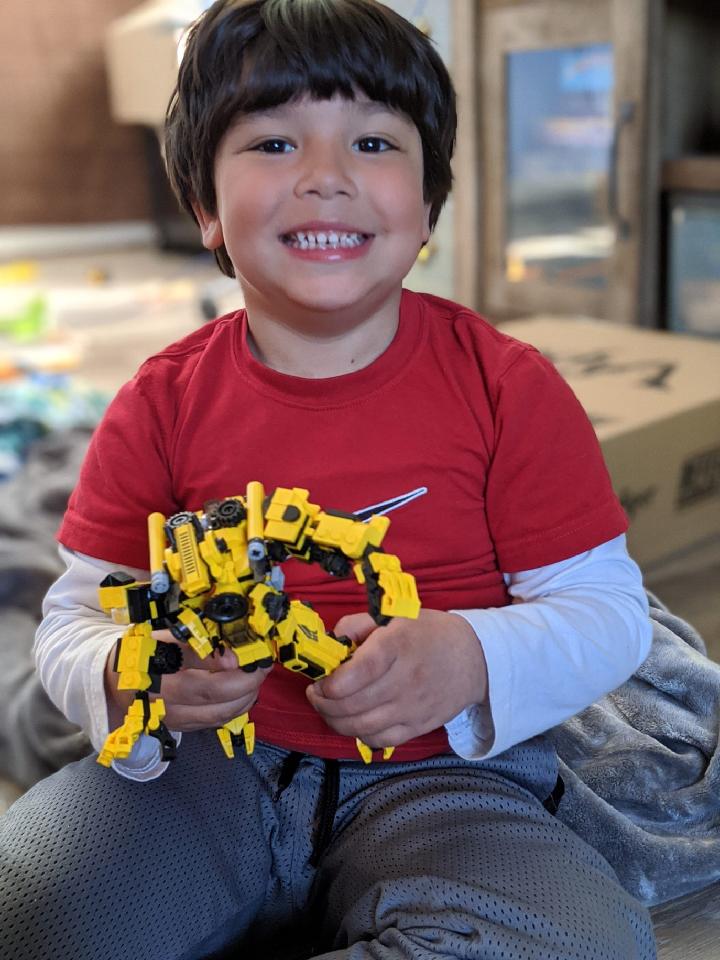
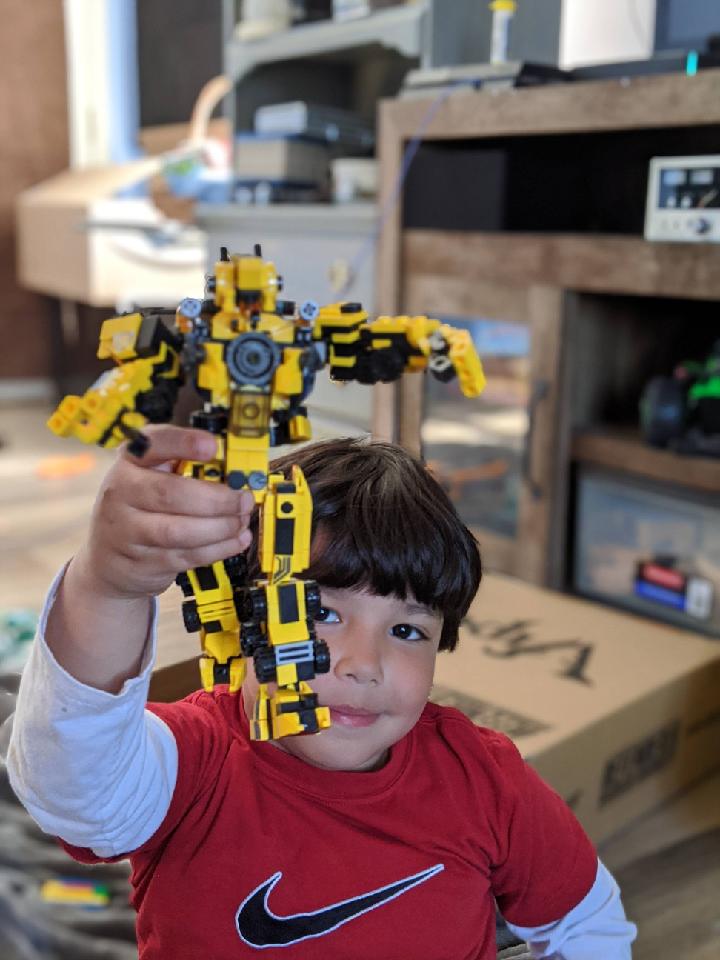
 RSS Feed
RSS Feed
